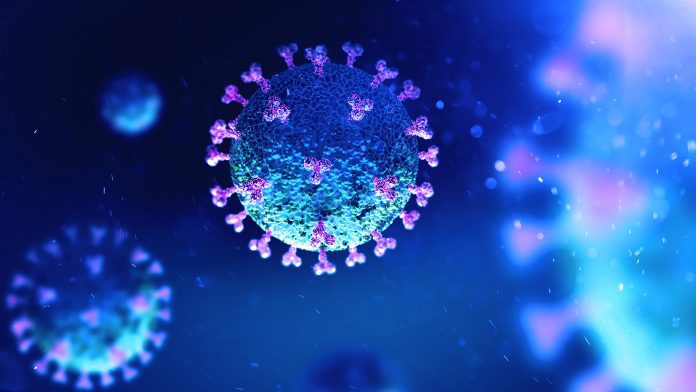
According to researchers from Linköping University, the severity of COVID-19 infections is directly related to the slower recovery of the innate immune system.
COVID-19 infection causes damage to immune cells, such as the dendritic cells, which are necessary for the activation of the innate immune system, leading to slower recovery. The researchers found that a negative impact on several types of immune cells can still be present up to six months after the initial infection.
The full study has been published in Frontiers in Immunology.
“The main finding in our study is that many cell types are activated six months after the onset of the illness. This is similar to what happens to the immune cells in settings such as cancer and HIV, when there is a chronic infection in the body, and ongoing immune activation,” said Marie Larsson, Professor of Virology at the Department of Biomedical and Clinical Sciences at Linköping University.
“The activation that we see could mean that the immune cells might not be optimally activated when encountering a new infection and that they may contribute to silencing an immune response instead of enhancing it,” she continued.
What is the innate immune system?
The human immune system is made up of two parts: the innate immune system and the adaptive immune system. The reactions in the innate system are quick but can be unspecific. The adaptive immune system, which is more specific, is activated later when the infection is present.
The adaptive immune system learns to fight viruses and bacteria that the body has encountered. It also has a memory function, meaning the infection can be beaten even faster if the body is reinfected by the same pathogen.
In this study, the researchers closely examined the innate immune system, which is vital for the body in organising specific immune defences. When the body first encounters a new virus, such as COVID-19, the immune system must detect it. This is the responsibility of the dendritic cells. These are then activated as T cells, which kill the COVID-19-infected cells, These cells then turn into activated B cells, which produce antibodies that neutralise the virus.
The role of dendritic cells in the immune system
The dendritic cells are therefore an essential link between the innate immune system and the adaptive immune system. In a previous study of the same patient group, the researchers identified some negative effects on T cells.
The researchers studied blood samples from 21 COVID-19-infected patients at Vrinnevi Hospital in Norrköping, Sweden. They simultaneously examined a control group consisting of 16 healthy individuals. Blood samples were taken on four occasions, the first being when the patients were admitted and the last six to eight months later. The researchers used spectral flow cytometry to identify different types of immune cells and their likely function.
“Dendritic cell levels were extremely low at the beginning of the infection. Although they later recovered, it seems like their function has not been completely restored. The dendritic cells are more activated than they should be, and we think that this has a negative effect on the immune system,” said Larsson.
The researchers noticed an association between disease severity and impact on the dendritic cells. The higher the level of C-reactive protein, CRP, which is increased rapidly during the inflammatory process, the slower the recovery of the dendritic cells. Their research also indicated that CRP may reduce the body’s ability to form new dendritic cells, which may slow recovery.
“The conclusion we draw from this is that antiviral drugs should be administered at the earliest possible stage of the infection, to reduce the inflammation, so as to prevent the SARS-CoV-2 virus from running wild and causing a high CRP level,” explained Larsson.
The researchers also studied monocytes, another important cell, which is most often found in tissue. These cells emit signals attracting other immune cells if they detect something foreign or dangerous, they then initiate the inflammatory process.
The researchers found that after six months, the distribution of monocytes in the infected patients still differed from that among the healthy control group. The researchers believe that the change in monocytes proved that the body, in particular the lungs, is still healing from severe infection.
























